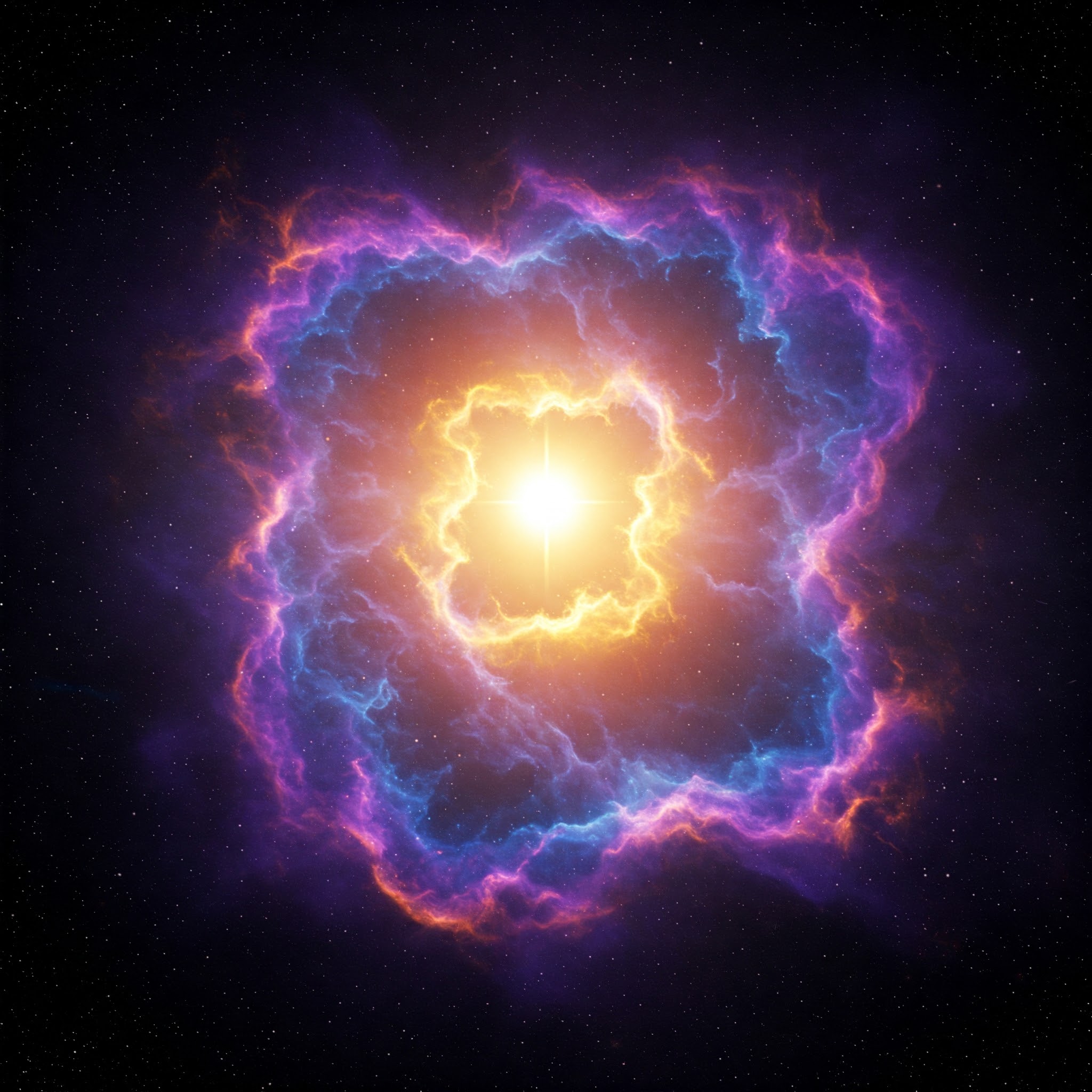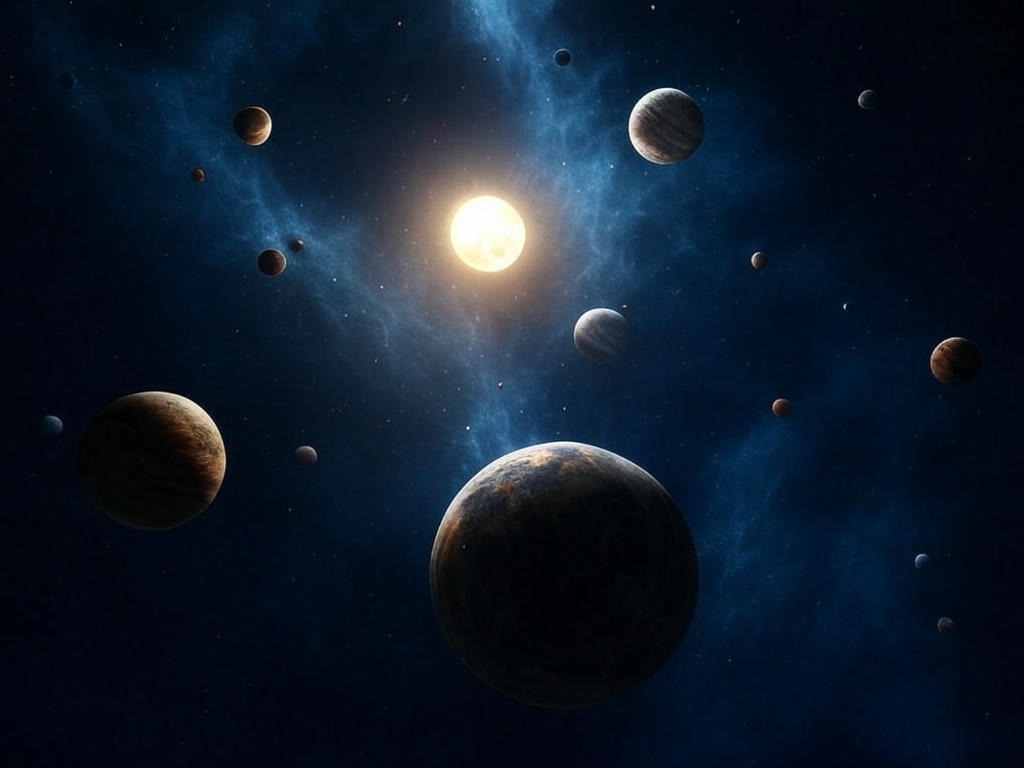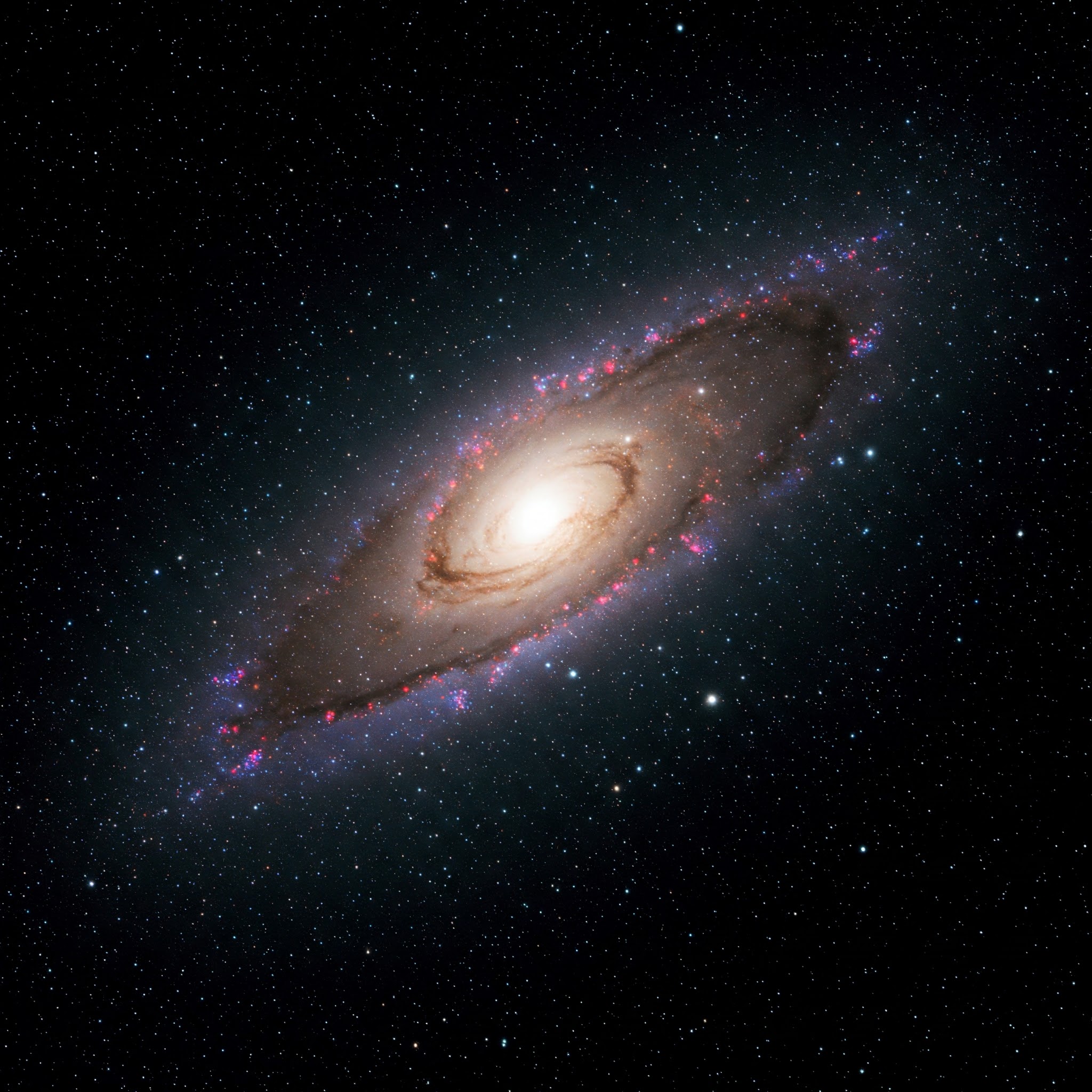Stars may appear as tiny twinkling dots in the night sky, but behind their beauty lies one of the most powerful forces in the universe. From their birth in vast clouds of gas to their explosive deaths as supernovae, the life of a star is a journey that spans millions—or even billions—of years.
Understanding how stars are born not only reveals the secrets of the cosmos but also offers insights into the origins of planets, galaxies, and life itself.

The Stellar Nursery: Where Stars Begin
Stars are born in massive, cold clouds of gas and dust called nebulae. These “stellar nurseries” are scattered throughout galaxies and can stretch for hundreds of light-years.
Inside a nebula, certain regions become denser due to gravitational instabilities or external forces like shock waves from nearby supernovae. As gravity pulls gas and dust inward, the temperature and pressure in the core rise. This dense clump is called a protostar.
The Protostar Phase
A protostar is not yet a star, but it’s getting close. As more matter collapses inward, the protostar heats up and begins to glow in infrared light. It’s still surrounded by a cloud of gas and dust, which can eventually form planets, asteroids, or other celestial bodies.
When the temperature in the core reaches about 10 million degrees Celsius, nuclear fusion begins. Hydrogen atoms start fusing into helium, releasing enormous energy in the form of light and heat.
At this point, the protostar becomes a main sequence star—like our Sun.
Main Sequence: The Longest Phase
The main sequence is the most stable and longest phase of a star’s life. During this time, the star maintains balance between gravity pulling inward and fusion energy pushing outward.
The star’s mass determines its brightness, size, color, and lifespan:
-
Low-mass stars (like red dwarfs) can burn for tens of billions of years.
-
Medium stars (like the Sun) live for around 10 billion years.
-
Massive stars (like blue giants) burn quickly and die young—often in just a few million years.
The Star’s Death: What Happens Next?
Once a star exhausts its hydrogen fuel, fusion slows, and gravity begins to dominate.
For small to medium stars:
-
They expand into red giants.
-
Outer layers are expelled, forming a beautiful planetary nebula.
-
The core collapses into a white dwarf—a dense, Earth-sized object that cools slowly over time.
For massive stars:
-
They explode in a dramatic supernova, outshining entire galaxies for a brief moment.
-
The leftover core becomes either a neutron star or, if massive enough, a black hole.
Why Star Formation Matters
Star formation is critical to the structure and evolution of galaxies. Stars create elements through fusion—like carbon, oxygen, and iron—that are essential for planets and life. When stars die, they enrich the cosmos with these building blocks.
In fact, every atom in your body heavier than hydrogen was forged in a star. As the saying goes: we are made of stardust.
Final Thoughts
The life of a star is a story of transformation—starting as cold dust and gas, igniting into brilliance, and ending as either a ghostly remnant or a powerful cosmic force.
By studying how stars are born and die, we not only understand the universe better—we understand our own origins.


